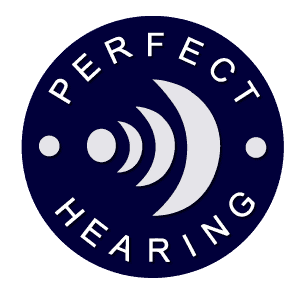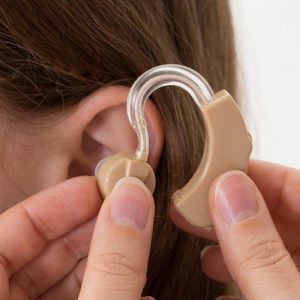According to the experts, 25 per cent of the people between the age of 65 to 74 are likely to suffer from some form of hearing loss. Similarly, those over the age of 75 have 50% chances of having hearing issues.
In such cases, hearing aids come in handy, but there is a huge variety of them available on the market, which makes it difficult for people to choose an appropriate one.
There are many different features in a hearing aid. In this blog post, we’re pleased to list down the must-have features in a hearing aid. Read on to find out.
1. Hearing Channels
There are numerous channels in a hearing aid. These channels cover a wide range of frequencies that are produced by the hearing aid. The channel that you need is dependable on your specific requirement. Many hearing aids have two to six channels.
One common mistake is to assume that the model which has a greater number of hearing channels is better. However, this approach is inaccurate because the requirements depend on your specific hearing loss.
A complex issue may require a few specific channels that can help you in hearing clearly and loudly. Your doctor or audiologist will be able to determine the type of hearing aid you need and whether you require a multi-channel or single-channel hearing device.
2. Adaptive Directionality
Adaptive directionality is the ability of the hearing aid to filter the sound and direct it in a specific environment. Two microphones are used in the adaptive directionality to take the sound in and filter the noise.
It is quite common to be in noisy environments on a daily basis, for example, hotels, busy streets, and markets. A hearing aid that has an effective directionality will help focus on the conversations and sounds around you easily. It allows you to fully enjoy yourself in crowded outdoor locations.
3. Feedback Suppression
The loud whistling noise that is experienced whenever a microphone is brought extremely close to the amplifier is called the feedback. A hearing aid can also get feedback noise from electronic equipment.
The noise can become painful if it gets too loud or become very close to the ear canal. Feedback suppression is essential in hearing aids to make sure the hearing is not impeded by unnecessary feedback. Advanced feedback suppression hearing aids are also available in the market.
4. Noise Reduction
Noise reduction is similar to the directionality as it helps in enhancing speech and reducing the noise. Almost every hearing aid comes with noise reduction functionality to improve the experience. The quality of the noise reduction is almost similar, so you may have to try different hearing aids before finally figuring out the one that works the best for you.
5. Connectivity
There are many hearing aids available in Johor Bahru and hearing aids with direct audio input are one of the most modern ones. It allows you to connect a radio, TV, or a Bluetooth device directly to your hearing aid.
Volume can also be adjusted easily via the device, and it turns your hearing aids into headphones.
6. Wind Reduction
If your travel a lot or your job requires you to spend an ample amount of time on a boat, at high altitudes, or concerts, you should get a hearing aid with the feature of wind suppression.
It restricts the wind noise coming through the hearing aid. If wind suppression feature is not included in the hearing aid, the overall experience of hearing gets poor.
7. T-Coil Switch
A telecoil, or simply T-coil, is a tiny coil that acts as a receiver and gets the signals behaving as an electromagnetic field. A T-coil switch allows you to switch the working of the hearing aid. If T-coil is used as an input source, noise is significantly reduced, and the overall quality of the sound is improved.
8. Types of Hearing Aids
Similar to other technologies, there has been a huge advancement in hearing aids, and many companies are manufacturing digital hearing aids now.
- Analogue hearing aids usually perform the singular function of making the sounds louder. They are cheaper than the digital hearing aids.
- Digital hearing aids takes in the sound waves and convert them into digital format. As a result, they can filter, modify, and amplify the sounds according to a custom range required by the hearer. Numerous digital hearing aids have other features like flexibility and adaptivity as well.
As observed from the features discussed above, there are many different types of hearing aids available in Malaysia. These devices vary from each other on the basis of features, style and design.
For example, some hearing aids are put behind the ear while some are placed inside the canal. There is no definite design or formula that works for everyone as everyone has different hearing needs. Thus it is highly recommended that you consult an audiologist for your hearing needs. For more information, feel free to get in touch with us.



